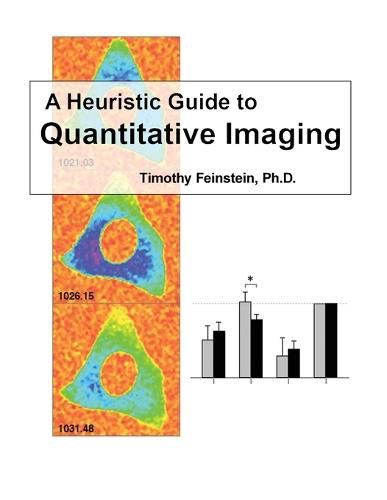Readings Newsletter
Become a Readings Member to make your shopping experience even easier.
Sign in or sign up for free!
You’re not far away from qualifying for FREE standard shipping within Australia
You’ve qualified for FREE standard shipping within Australia
The cart is loading…






This title is printed to order. This book may have been self-published. If so, we cannot guarantee the quality of the content. In the main most books will have gone through the editing process however some may not. We therefore suggest that you be aware of this before ordering this book. If in doubt check either the author or publisher’s details as we are unable to accept any returns unless they are faulty. Please contact us if you have any questions.
Getting published may seem like the ultimate goal of a research study. In truth, the gold standard is the moment when another team repeats the work and confirms the result. To pass this acid test of replication, one has to know a discipline's best practices and follow them with rigor. It is not obvious how to distill a complex signal into numbers that can be quantitatively compared. Nor is it simple to capture useful data sets in a repeatable fashion, or what statistical tests apply to this vs. that kind of study.
Imaging scientists in particular have to draw useful numbers from a data set with at least two dimensions (X&Y, plus intensity), up to as many as six. This book draws on the author's 20 years of experience in quantitative imaging to help the reader design powerful and repeatable imaging experiments. The book is an approachable menu of options and best practices from statistical planning to analysis, and a library of references for further reading. The tools presented here will help the reader find the right assay(s) in an unfamiliar sub-field, and succeed the first time, generating powerful results that hold up to replication.
$9.00 standard shipping within Australia
FREE standard shipping within Australia for orders over $100.00
Express & International shipping calculated at checkout
This title is printed to order. This book may have been self-published. If so, we cannot guarantee the quality of the content. In the main most books will have gone through the editing process however some may not. We therefore suggest that you be aware of this before ordering this book. If in doubt check either the author or publisher’s details as we are unable to accept any returns unless they are faulty. Please contact us if you have any questions.
Getting published may seem like the ultimate goal of a research study. In truth, the gold standard is the moment when another team repeats the work and confirms the result. To pass this acid test of replication, one has to know a discipline's best practices and follow them with rigor. It is not obvious how to distill a complex signal into numbers that can be quantitatively compared. Nor is it simple to capture useful data sets in a repeatable fashion, or what statistical tests apply to this vs. that kind of study.
Imaging scientists in particular have to draw useful numbers from a data set with at least two dimensions (X&Y, plus intensity), up to as many as six. This book draws on the author's 20 years of experience in quantitative imaging to help the reader design powerful and repeatable imaging experiments. The book is an approachable menu of options and best practices from statistical planning to analysis, and a library of references for further reading. The tools presented here will help the reader find the right assay(s) in an unfamiliar sub-field, and succeed the first time, generating powerful results that hold up to replication.